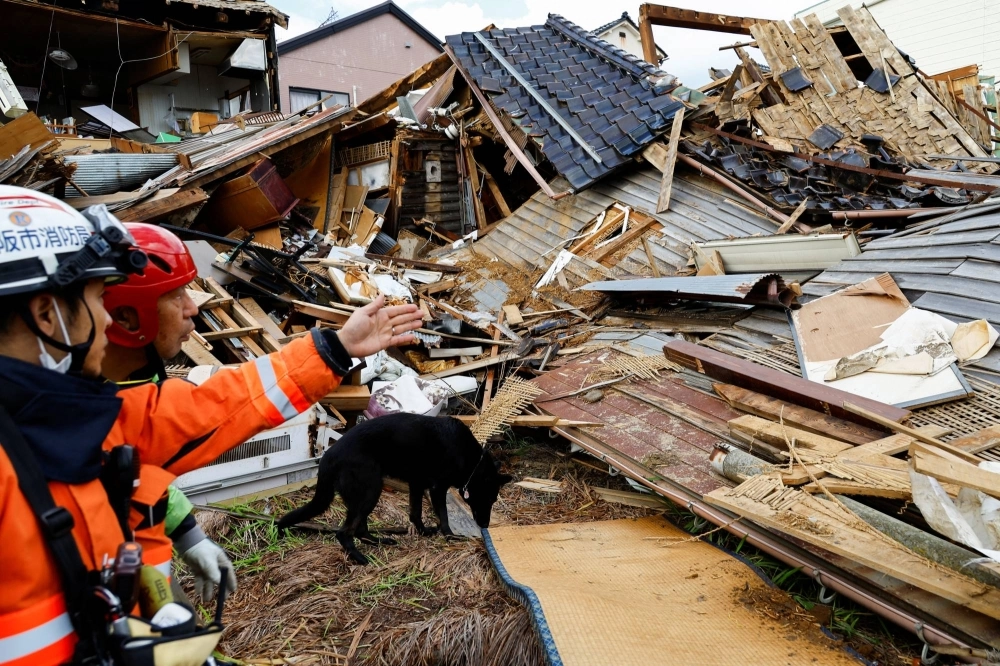Japan is home to over 3 million foreigners, the highest number ever. Foreign tourists also continue to increase, with last year’s arrivals having almost recovered to pre-pandemic levels.
As Japan becomes a more multicultural and diverse society the need for inclusive disaster preparedness and responses also grows — as highlighted by the Noto Peninsula earthquake that struck on New Year’s Day. Yet, nationwide, there is still relatively little awareness about the risks foreigners face in times of disaster.
Ishikawa — the prefecture hardest hit by the January quake — is home to 16,598 foreigners, with technical trainees from other Asian countries making up the largest part of this group. Just like their Japanese neighbors, foreign residents may need to stay in emergency shelters, move into temporary housing and prepare for future natural hazards. Therefore, it is crucial to acknowledge these individuals as an integral part of the community.



















With your current subscription plan you can comment on stories. However, before writing your first comment, please create a display name in the Profile section of your subscriber account page.